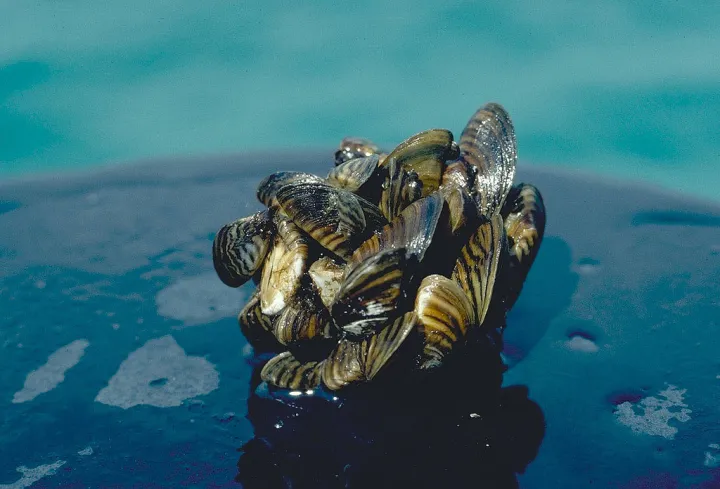Rough Reputation: Are Invasive Species All Bad?

Pick up any news article about invasive species and you may confuse it with a police blotter. Generally, invasive species are "almost bulletproof" "marauders," "terrorizing" ecosystems and wildlife. The one-inch amphipod Dikerogammarus villosus—better known as "killer shrimp"—is "vicious" and "violent," "murderous" and "aggressive." The emerald ash borer is "Public Enemy No. 1" in the Midwest.
These antagonistic feelings may be justified, as invasive species can endanger populations of native species, reduce diversity, and disrupt the health of entire ecosystems. On a larger scale, invasive species are making certain types of ecosystems more common around the world by transforming or replacing unique local habitats. It's estimated that they cost the United States more than $120 billion in economic and environmental damage every year. But invasive species aren't violent criminals or invading armies; they are organisms that find themselves far from home and are trying to survive. While some do enough damage to warrant management, are all invasive species bad? And can some even have positive effects?
The best way to answer this question is to first understand what an invasive species is. A common misunderstanding is that any species found living in a new habitat is an invasive species. Many of these, rather, are introduced species, a category that includes any species found outside of its natural habitat due to human actions. Some introduced species are those we consider "invasive," such as lionfish, zebra mussels, and Asian carp. But many others are so common and normalized that we don't give them a second thought. For example, most of our fruit and vegetable crops, as well as farm animals and pets, are introduced species. Many of the beautiful flowers grown in our gardens, like daffodils, tulips, and many types of roses, aren't found here naturally, but were planted and introduced by people.
What turns an introduced species into an invasive species? To be considered invasive, the species must be introduced and cause "economic or environmental harm or harm to human health," according to the National Invasive Species Council. Known invasive species tend to have a few things in common, and so invasive species are generally documented as having the following traits:
- They can survive a large variety of habitats or environmental conditions.
- They outcompete native species for resources like food and water.
- They often lack natural enemies (predators, competitors, and parasites) in their new habitat.
- They grow and reproduce rapidly.
Let’s try out this list of diagnostic traits by working out if the red seaweed Gracilaria vermiculophylla (Gverm), which fits the definition of an introduced species, is also an invasive species. Gverm is native to the northwest Pacific around East Asia, but now lives on most major coastlines in the Northern Hemisphere. It arrived there by catching rides in shipments of oysters, ship ballast water, boat propellers and fishing equipment.
- It can survive a large range of habitat conditions including a variety of temperature and salinities. It can even be put in the freezer and, once thawed, revive and grow!
- Gverm can outcompete and even smother native seagrasses and dominate algae assemblages.
- Gverm does not have many natural enemies in its invaded range because it’s not normally eaten.
- Gverm can grow and reproduce quickly.
But there are other factors to consider, including whether an invasive species has any positive effects. Gverm does, as it provides habitat for invertebrate species like snails and amphipods living in areas with Gverm, and serves as a nursery for juvenile blue crabs. Additionally, along the east coast of the U.S., Gverm has formed a positive relationship with Diopatra cuprea, a native decorator worm that builds and lives in a long tube made of sand and mucus.
The jury is still out as to whether Gverm should qualify as an invasive species of great concern. Some people may argue that the protection of native seaweeds and local diversity trumps any benefits conferred by Gverm. On the other hand, others may say that, compared to other invasive species, this one isn't so bad and shouldn't be a management focus. There is no clear-cut answer—it depends on what is valued the most.
Yet we can all agree that it is important to keep our ecosystems healthy and diverse, and that we should attempt to prevent these biological invasions, especially as our global transport system continues to grow. We can also agree that it is important to study all introduced species and consider their effects, both positive and negative, before assuming a given species is "public enemy number one." Then it's up to local communities and environmental managers to choose their local priorities—increasing plant and animal diversity, maintaining a certain habitat, preserving specific endangered species, or other options—and balance those with the global need to support and shelter a diversity of species and ecosystems on this planet.



